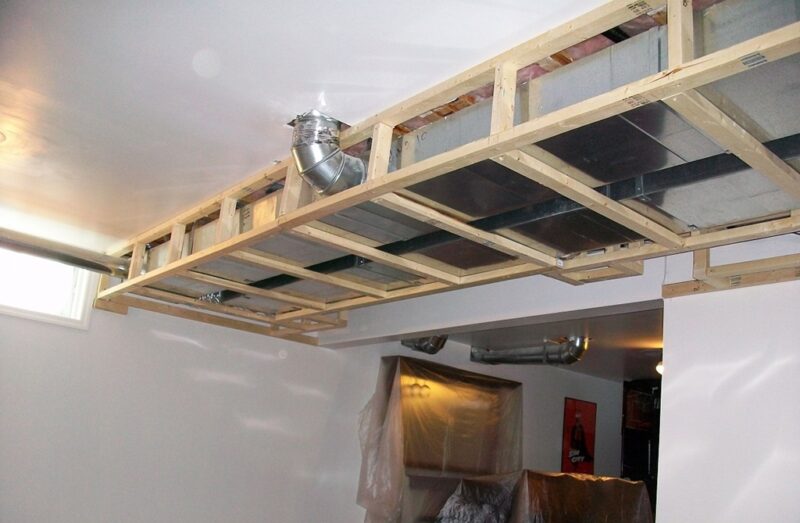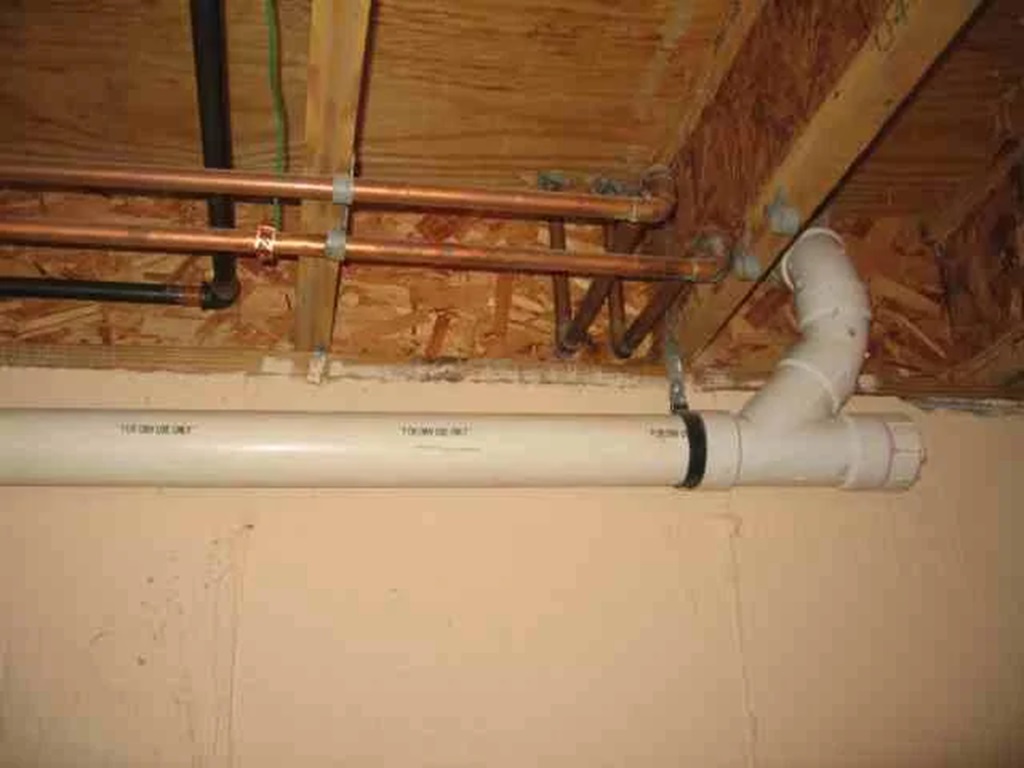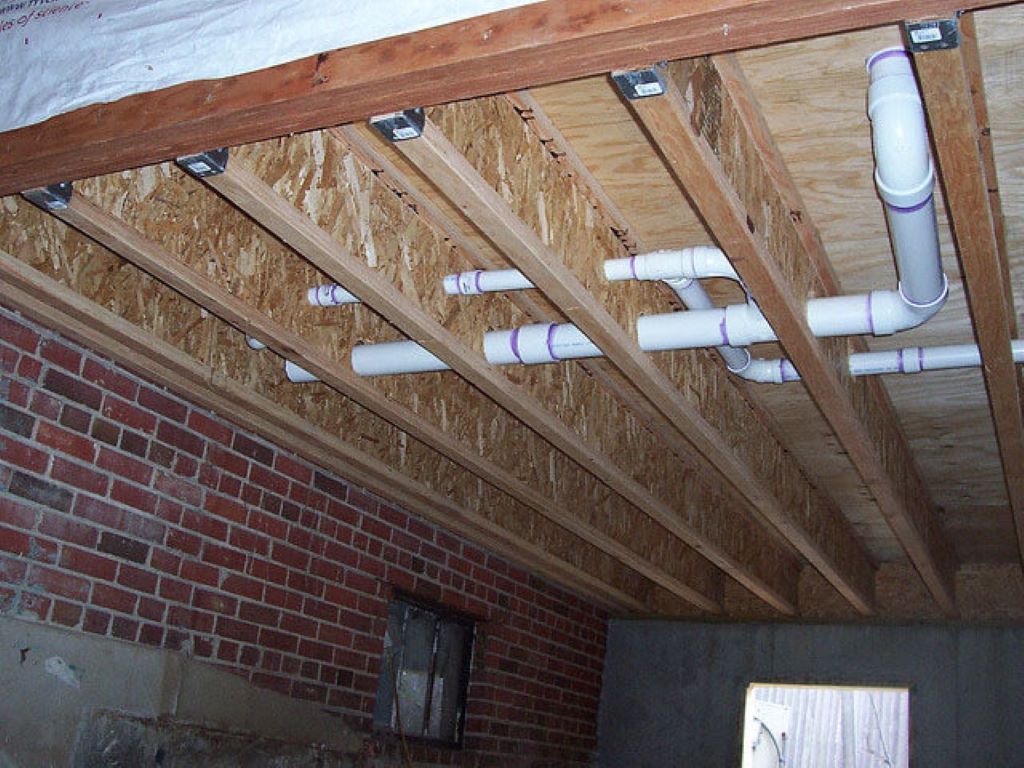The user wants to make their basement appear more spacious by hiding the exposed pipes and plumbing fixtures. They are seeking advice on how to go about it, as they are unsure where to start. You can discover how to hide sewer cleanout in basement by integrating it into a functional feature, such as a built-in cabinet or storage unit. This not only camouflages the cleanout but also provides a practical solution for organizing your basement space. By seamlessly blending functionality with aesthetics, you can transform your basement into a more inviting and visually pleasing area.
In this guide, I’ll walk you through all the steps and considerations for concealing pipes, valves, water heaters, and more in your basement. With some strategic design choices, you can minimize the look of utilities for a clean, organized space.
Why Hide Basement Plumbing?
Before we get into the how-to, let’s review some of the top reasons for hiding basement plumbing:
- Creates a cleaner, less cluttered look – Exposed pipes and valves can create a messy, disorganized appearance. Hiding them streamlines the aesthetics.
- Increases usable space – By concealing pipes in walls and ceilings, you open up more functional areas in the basement for storage, playrooms, home gyms and more.
- Improves safety – Exposed plumbing could be a tripping hazard, especially for kids. Hiding it removes this risk.
- Noise reduction – The gurgling of water in pipes can generate noise. Concealing them helps muffle sounds.
- Piping protection – Enclosing pipes protects them from damage and wear.
Now let’s get into the details on how to actually hide those unsightly plumbing fixtures.
Choosing the Right Enclosure Method
There are several different ways to enclose basement plumbing. The best option for your space depends on the type of plumbing, your budget, and accessibility needs:
Drop Ceilings
One of the most popular options is to mount plumbing on the basement ceiling and install a drop ceiling to conceal everything above. This allows easy access to pipes for maintenance. But it reduces headroom unless the pipes are mounted very high.
Suspended Ceilings
For basements with short ceilings, you can create a suspended ceiling. Box in the pipes, ducts and wires between the floor joists. Then install drywall over furring strips to create a smooth, flat and lower ceiling.
Chases
Building a chase involves framing a vertical boxed enclosure around pipes. You can use 2×4 stud walls and then finish it with drywall. Chases take up floor space but provide maintenance access.
Build Into Walls
Framing walls in front of plumbing allows you to drywall right over it. No access though unless you include removable panels or access doors.
As you can see, each strategy has its pros and cons. Think about your needs and constraints before deciding on an approach.
Planning Enclosure Locations
Once you’ve decided on an enclosure method, map out exactly where you want to build out your boxed-in areas.
Here are some tips for planning locations:
- Group plumbing lines together – Run pipes parallel and bundle them to minimize number of enclosures.
- Place near water sources – Keep chases or boxes around sinks, laundry, and other water-connected fixtures.
- Hide behind stairs – Staircases are great concealment for vertical chases.
- Coordinate with wall studs – Frame enclosures between studs for easier construction.
- Allow for maintenance – Ensure valves, joints and equipment are still accessible after enclosing.
- Check for interference – Avoid blocking windows, doors, vents and existing structures.
Planning ahead is crucial so once you start building, everything fits together in the ideal spots.
Prepping and Mounting Plumbing
Now it’s time to prep the plumbing for concealment. Proper mounting keeps pipes stable, organized and up to code.
Follow these key steps:
Secure Loose Pipes
Stabilize any loose, dangling pipes using pipe hangers and mounts secured to joists. This prevents sagging when enclosed.
Add Insulation
Insulate hot water pipes and heat ducts with fiberglass wrap to reduce noise and condensation issues.
Include Vapor Barriers
For cold water pipes, wrap a plastic vapor barrier around insulation to prevent moisture accumulation.
Install Access Panels
On long straight runs, place removable access panels at code-required intervals for maintenance needs.
Group Together
Bundle pipes tightly together to take up less space in the enclosure. Use clamps as needed.
Elevate High Enough
Raise pipes up toward the ceiling to allow for sufficient head clearance underneath a drop ceiling.
Check Codes
Ensure all mounting, hardware, insulation and access follow plumbing codes for proper concealment.
Taking time to prep and mount the plumbing correctly will lead to a safer, more organized and code-compliant finished product.
Boxing in Plumbing
Now we’re ready for the fun part – building out the actual enclosures to hide the plumbing! Here are some step-by-step tips:
Frame With Studs
For chases and wall-mounted boxes, frame the perimeter with 2×4 wood or metal studs. Secure the top and bottom plates to the floor and ceiling.
Include Backing
If enclosing on a flat wall, nail boards like plywood diagonally across the back to rigidly hold pipes.
Install Drywall
Cut drywall panels to fit your enclosure dimensions. Screw them into the studs or furring strips with drywall screws. Mud and tape seams.
Build Removable Panels
Where access is needed, mount full panels on hinges or fashion custom doors secured with latches.
Insulate The Box
Fill the interior void with insulation like Roxul for sound dampening and to prevent condensation.
Finish The Surface
Apply primer and paint to match your wall colors for a seamless concealed look. Or finish with wood panels for a stylish accent.
Take your time framing, sealing and finishing the enclosure for a noise-free environment and clean interior aesthetic.
Hiding Specific Plumbing Features
Beyond straight pipe runs, there are some additional considerations when hiding plumbing fixtures like water heaters, main shut-off valves and floor drains:
Water Heaters
Build an enclosure around the tank with removable panels to access controls. Or keep it exposed but build a decorative facade to hide the tank itself.
Main Shut-Off Valve
Mount the valve in a recessed box with a removable faceplate for easy access. Label it clearly as the main shut-off.
Floor Drains
Install a trim kit with a metal grill over a floor drain to hide the utilitarian look while allowing water to enter.
Sump Pumps
Place the pump in a lidded box flush with the floor. Run PVC to the pit so pump remains operational but concealed.
With some creative design choices, you can hide any unsightly plumbing fixtures to keep your space looking clean.
Maintaining Hidden Plumbing
Just because plumbing is concealed doesn’t mean it can be neglected. Follow these maintenance tips:
- Inspect annually for leaks, mold or needed repairs.
- Clear vent and drain blockages that could back up.
- Test pressure relief and shut-off valves to ensure functionality.
- Check for insulation damage that could lead to condensation buildup.
- Confirm access panels and doors open and close properly.
- Review code changes for any needed updates to your enclosure.
Taking time to inspect and service your hidden plumbing preserves system performance and prevents costly damage.
Frequently Asked Questions
Q: Is it okay to fully enclose plumbing in basement walls?
A: Plumbing must remain accessible according to code. Never fully seal pipes inside a wall without including removable access panels.
Q: How do I clean out drain pipes or clear clogs with plumbing enclosed?
A: Install a removable cleanout fitting at the bottom of drain lines before enclosing them. This allows you to clear obstructions.
Q: Do I need ventilation for concealed plumbing enclosures?
A: Yes, installing vents assists with airflow and prevents moisture & mold in enclosed spaces near plumbing.
Q: Can I hang drywall over plumbing without framing a box?
A: No. Drywall alone cannot properly support the weight of plumbing. Always construct a framed enclosure.
Q: What kind of insulation should be used around plumbing when enclosing it?
A: Closed-cell spray foam or fiberglass batts are ideal for preventing condensation on enclosed pipes.
Conclusion
Hiding basement plumbing results in a cleaner, more organized space that looks professionally finished. By planning smart enclosure locations, mounting pipes properly, constructing boxes to code and maintaining access, you can conceal unsightly plumbing for good. When learning how to remove a bathtub drain, ensure to seal up pipes in a manner that facilitates essential maintenance when required. Follow the tips in this guide, and you’ll have a basement plumbing system that’s out of sight but never out of mind, maintaining the functionality of your bathtub drainage seamlessly.




